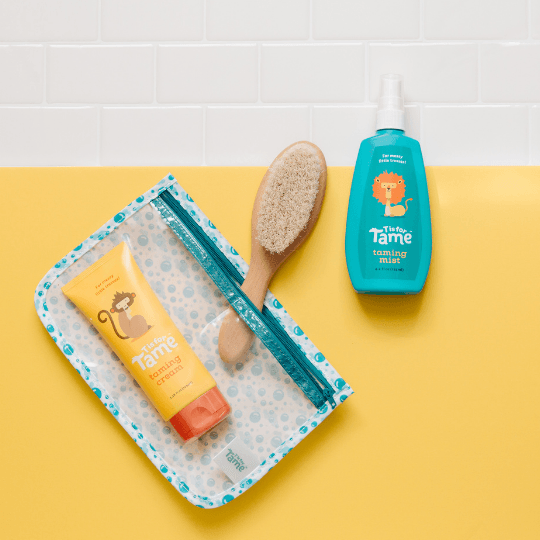What is cradle cap?

What Happens with Cradle Cap in Newborns?
Your first clue that your baby has cradle crap will usually be patchy scales or thick crusting on the scalp. Skin can often appear oily or even dry with flaky scales that are either white or yellow. Sometimes, it may appear slightly red. As mentioned, while it looks unpleasant, cradle crap in newborns is not painful. If your child seems irritated and fussy, you should certainly head to the pediatrician.The name ‘cradle cap’ implies that it is only relegated to the top of the head, however seborrheic dermatitis for baby can commonly occur in other places on the body. In addition to the scalp, you may notice it on the ears, nose, and forehead of your baby. Again, it’s nothing to panic about, but if it starts on the scalp and you find it elsewhere on your baby’s body, you’ll want to help speed along the healing process.
How Did My Baby Get Cradle Cap in the First Place?
Every new parent wonders if they did something wrong for cradle cap in newborns to come on? The fact is experts aren’t even so sure what causes it to begin with.One theory is that the hormones you pass to your baby before birth might be causing too much of the oil known as sebum that comes from the oil glands in skin and hair follicles. When they produce sebum in the proper amounts, it keeps hair and skin supple and moisturized. When they go overboard, they can cause quite a bit of trouble. Another theory is that it might be due to a type of yeast that forms in the sebum with bacteria.The good news is that cradle cap in newborns is not contagious. You don’t have to worry about being THAT mom when you leave your child at daycare or have playdates. It’s definitely common but not every baby will get it. The American Academy of Family Physicians (AAFP) says around 10% of newborn boys will get it with girls falling just shy of that at 9.5%. Thankfully, getting rid of cradle cap is a fairly easy process. You can either wait it out or try products specifically made to prevent and treat it.

Getting Rid of Cradle Cap on Scalp, Ears, Nose, and Forehead
The first step to getting rid of cradle cap is to loosen scales or patches on the scalp. You should never scratch them, but by using a soft baby brush, you can move them away. Getting rid of cradle cap on the scalp is a little easier, but if your baby has it on the ears, nose, or forehead, a balm or cream is best to soothe the delicate skin. Whatever you do, don’t apply an anti-fungal and steroid creams you find in the store, as your baby’s skin could be too sensitive. You can always ask your pediatricians for a recommendation. . As for getting rid of cradle cap on the scalp, a mild shampoo can certainly help. You should make sure you wash your baby’s hair once per day to help clear seborrheic dermatitis away from your baby.When choosing a shampoo for cradle cap, you want something that will protect your baby’s scalp and correct the condition. Ideally, a formula that uses salicylic acid will work the best. While it sounds harsh, it’s a natural exfoliant. These flakes can create a vicious cycle on the scalp which is why cradle cap may linger. Your cradle cap shampoo should also use something to soothe the skin and scalp. Calendula is a wonderful natural ingredient for that. Always go with an organic option as it will best soothe the redness and irritation from the skin and scalp woes that cradle cap brings.Some formulas may be gentle enough so that getting rid of cradle cap on the scalp, ears, nose, and forehead is as simple as using daily. As the ingredients are natural, you can have peace of mind knowing that you’re not using chemicals on your baby’s already-tender skin.
How Did My Baby Get Cradle Cap in the First Place?
Every new parent wonders if they did something wrong for cradle cap in newborns to come on? The fact is experts aren’t even so sure what causes it to begin with.One theory is that the hormones you pass to your baby before birth might be causing too much of the oil known as sebum that comes from the oil glands in skin and hair follicles. When they produce sebum in the proper amounts, it keeps hair and skin supple and moisturized. When they go overboard, they can cause quite a bit of trouble. Another theory is that it might be due to a type of yeast that forms in the sebum with bacteria.The good news is that cradle cap in newborns is not contagious. You don’t have to worry about being THAT mom when you leave your child at daycare or have playdates. It’s definitely common but not every baby will get it. The American Academy of Family Physicians (AAFP) says around 10% of newborn boys will get it with girls falling just shy of that at 9.5%. Thankfully, getting rid of cradle cap is a fairly easy process. You can either wait it out or try products specifically made to prevent and treat it.


